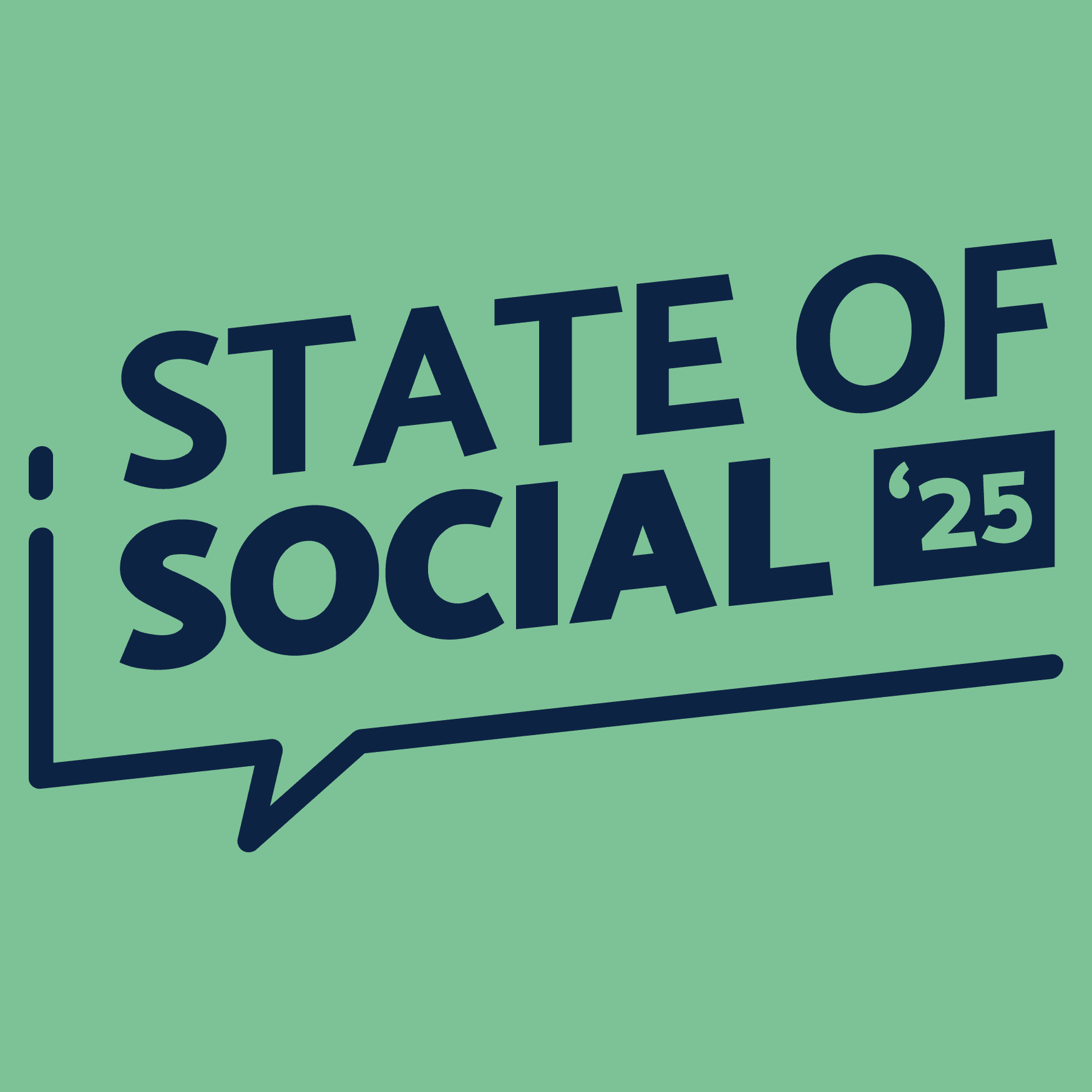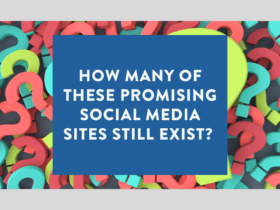Put the “us” in inclusive
Inclusive content today, with more than one billion people with disabilities/impairments, is more important than ever before.
In fact, everyone should be talking, thinking and learning about digital access and inclusion.
Implementing some basic practices can make your social content more accessible, ensuring more people can enjoy it. As a marketer, inclusive content helps you reach the largest audience possible and meet your objectives more often.
Here are some rules and tools you can implement to standardise and improve the accessibility of the content you are posting.
Include video descriptions
It is critical for your video and audio media to have transcripts, captions, and audio descriptions available for users with hearing impairments and people viewing in their non-native language or sound-off environments.
Transcripts are a text version of the video’s audio information. Captions/subtitles are synchronised text version of the speech in the video. Audio descriptions visually explain the information displayed to better understand the content.
Did you know Instagram Stories have just added auto-caption stickers? Way to go with inclusive content IG!
Writing social media copy with clarity means your content will be more accessible and understandable. Remember: write in plain language, try to avoid jargon, slang or technical terms, and don’t overuse capitals as it is difficult to read and can be misinterpreted by screen readers.
Emojis and punctuation marks are read aloud by assistive tech, so place emoticons, hashtags and mentions at the end of a sentence to not disrupt.
Provide descriptive image captions
Descriptive captions and alternative text allow users to visualise images when they can’t see them. Facebook, Twitter, Instagram and LinkedIn provide technology to provide automatic alternative text, but it is not always 100% reliable. If alternative text is unavailable, make your captions more descriptive to detail the story fully.
Tip: If the image you’re posting has text central to the meaning, be sure to include it in the description.
Don’t forget to check colour contrast. Colour contrast is essential for colourblind people and for those who have switched to grayscale view.
According to the WCAG guidelines, the best contrast between text colour and its background should be at least 4.5 to 1. As the text on images can be extremely difficult to read, consider placing the copy on solid or opaque backgrounds instead.
TIP: Use Contrast Ratio to meet this requirement.

One more thing!
Alexa Heinrich is a renowned advocate for digital accessibility and inclusive content. Her advice is to check your content by using your phone’s screen read on your social media content before publishing it live: “That way, you’ll be able to find any accessibility issues before the rest of the world does!”








LET’S CONNECT